Lake of Salt and Soda: Birthplace of the Lesser Flamingo
WHAT?
Lake Natron, in northeastern Tanzania near the Kenyan border, is an example of a soda lake — a very salty lake that was once a freshwater lake.
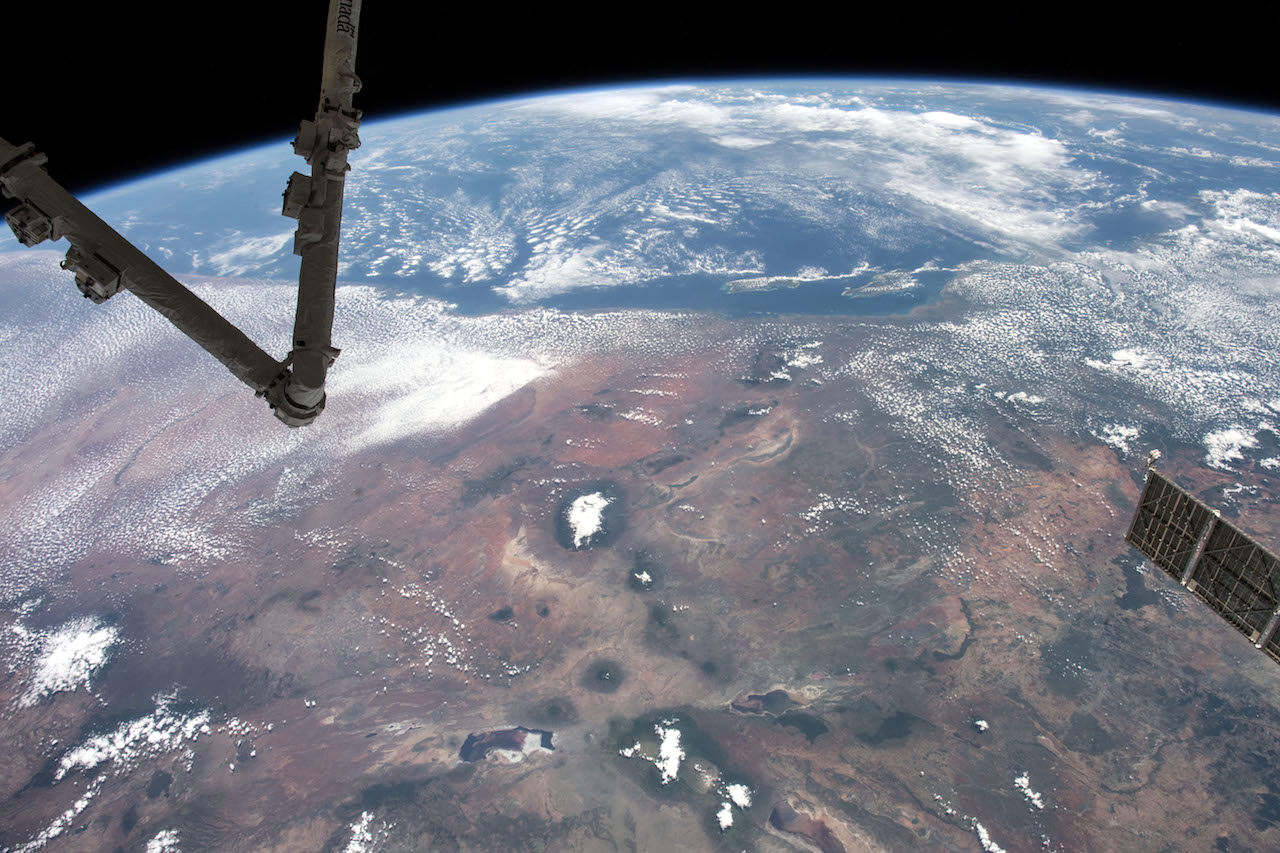
So how do these lakes form if they aren’t a result of seawater?
In hot environments with low and inconsistent rainfall, large shallow lakes can slowly shrink in size and become very salty as their mineral-rich waters evaporate and leave behind high concentrations of dissolved salts.
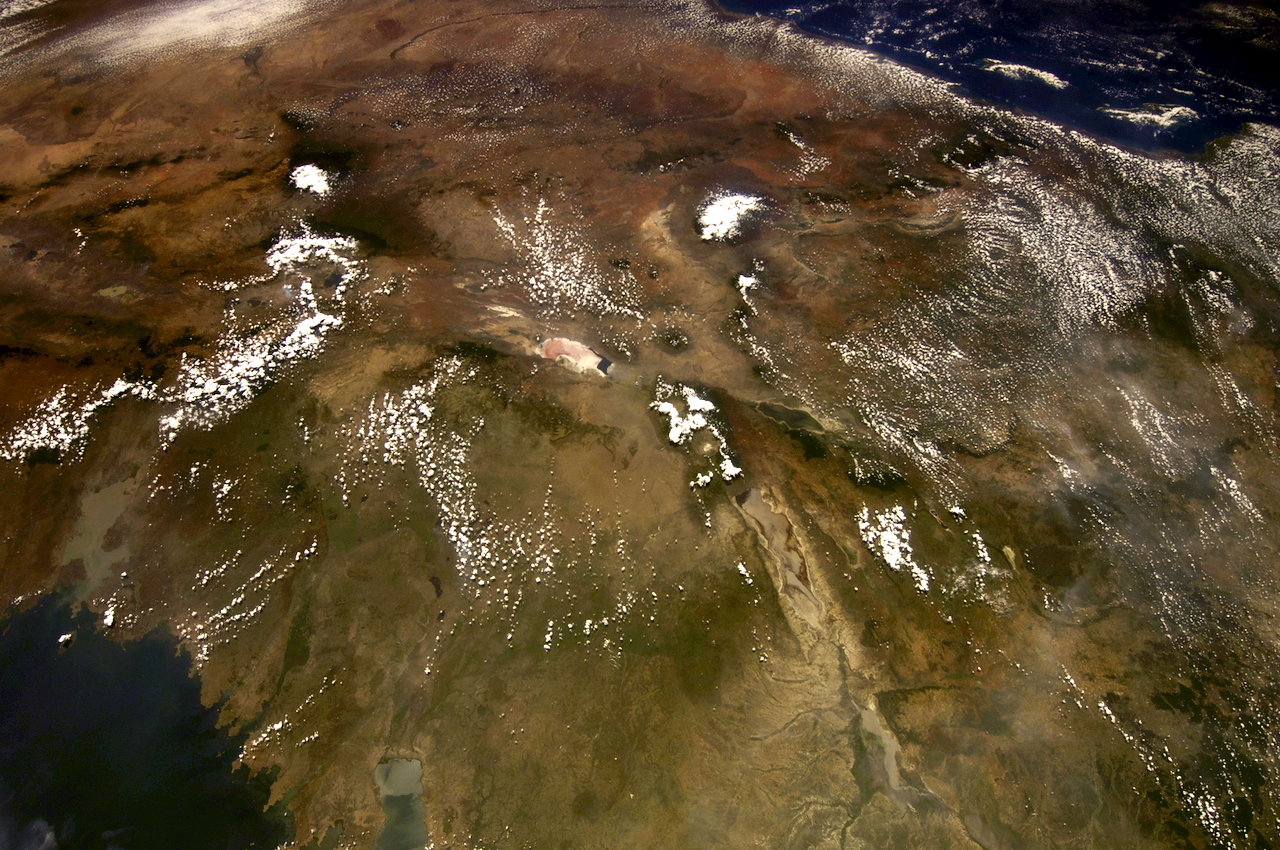
The minerals often come from nearby hot springs, river water and ancient lava-rich bedrock. The water in these lakes is not only salty, but also strongly alkaline, making it harmful to most plants and wildlife. The two most common types of salts that occur in these lakes are sodium chloride, which is the same as the salt used in our food, and sodium carbonate, which is also known as soda ash and is the reason these lakes are called soda lakes.
Despite the harsh nature of Lake Natron, some species do live and feed in this lake and have adapted to its low water and high temperature and salinity levels. For example, over 2.5 million Lesser Flamingos (Phoenicoparrus minor), which amounts to approximately 75 per cent of the global population, breed and nest along the mud flats and small islands in Lake Natron.
Watch this video to learn about the Lesser Flamingo breeding and nesting habitat in Lake Natron, Tanzania:
DID YOU KNOW?
It is very difficult for predators to cross the hot, caustic water of Lake Natron since the underlying mud is thick and the water can damage their skin. The legs of the Lesser Flamingo are tough and can withstand the damaging effects of the water allowing them to build their nests in spots that are protected from predators. Lesser Flamingos are also able to feed on the micro-organisms that live in the water which give them their characteristic pink colour.
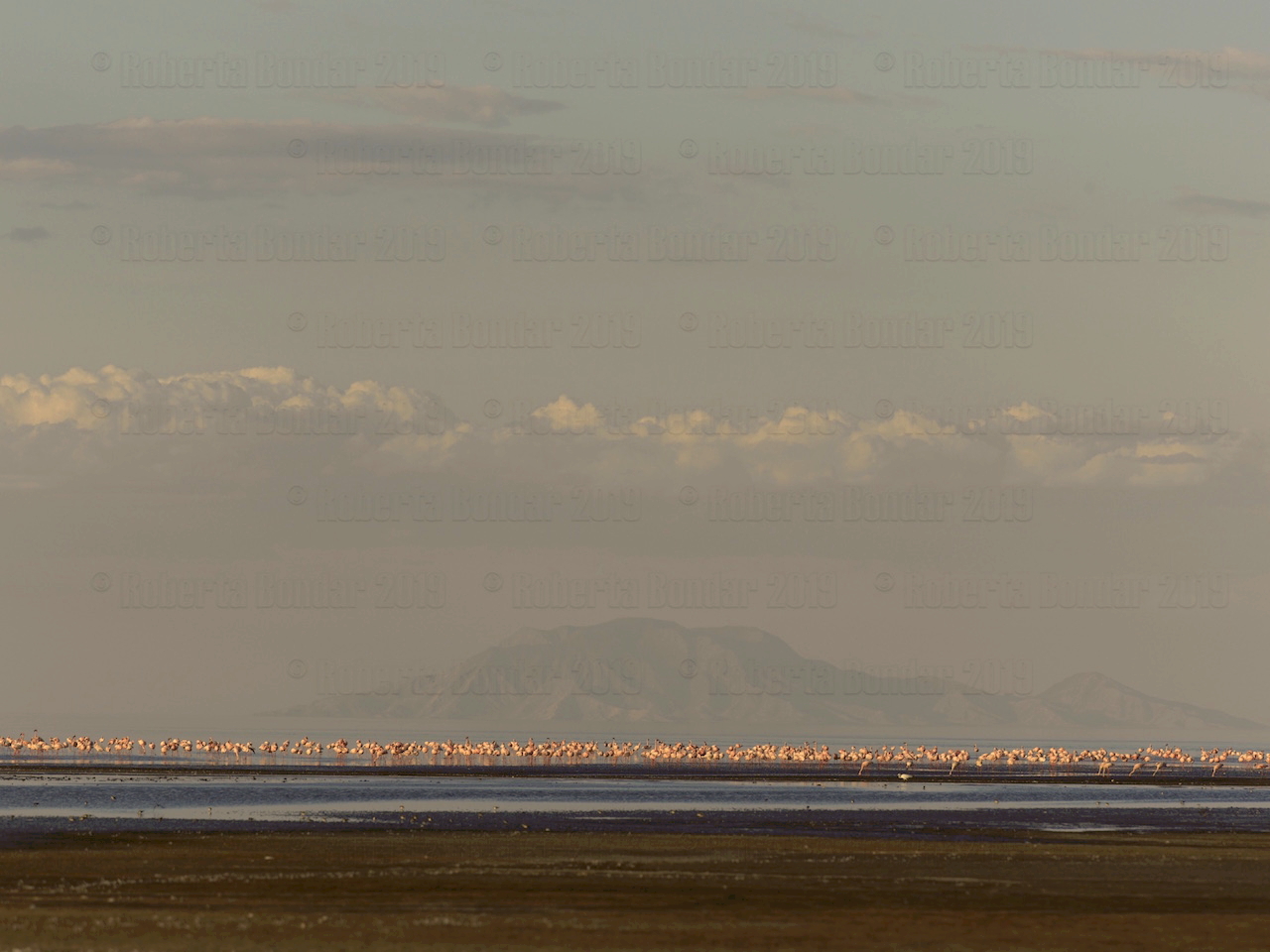
The International Union for the Conservation of Nature (IUCN) lists Lesser Flamingos as near-threatened because they rely on such a unique and geographically-limited habitat for nesting, breeding and feeding. Any changes to the water of Lake Natron would greatly impact the availability of food and the safety of the Lesser Flamingo.
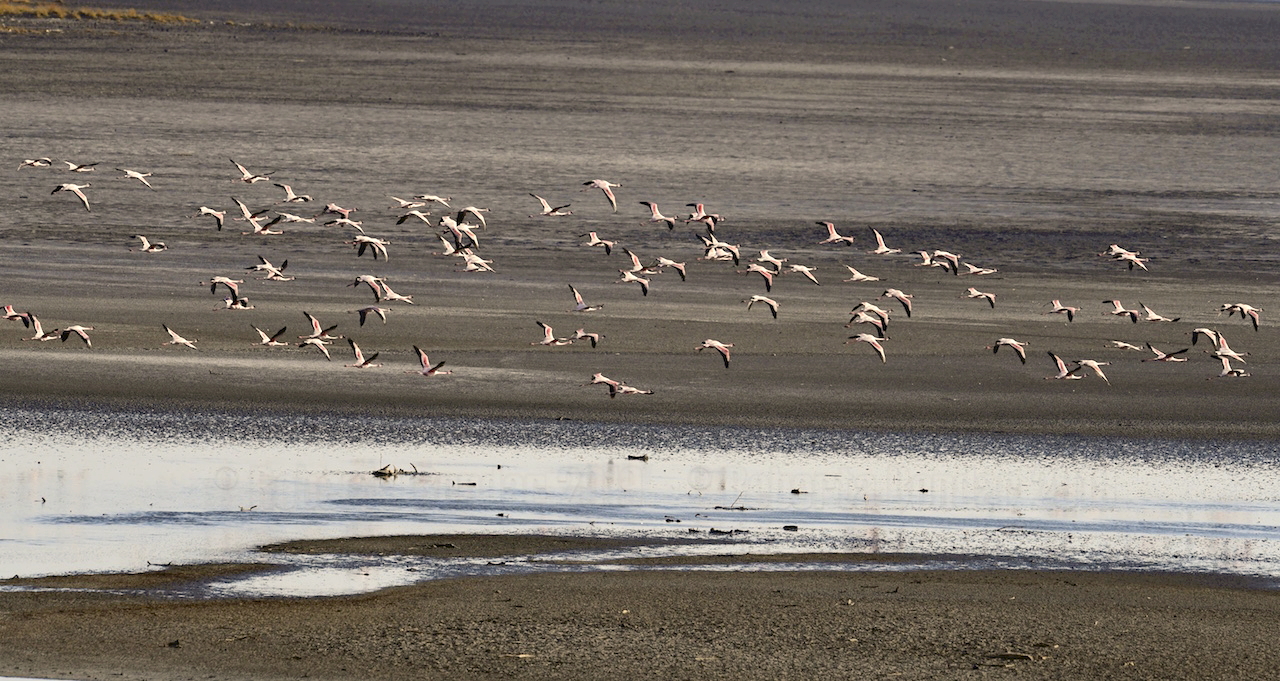
AN OUT-OF-THIS-WORLD VIEW!
Lake Natron is remarkable from space. It is easily found because of the red pigment of the masses of micro-organisms on the salt-encrusted surface of the lake, which is especially impressive in the dry season when the color becomes more concentrated.
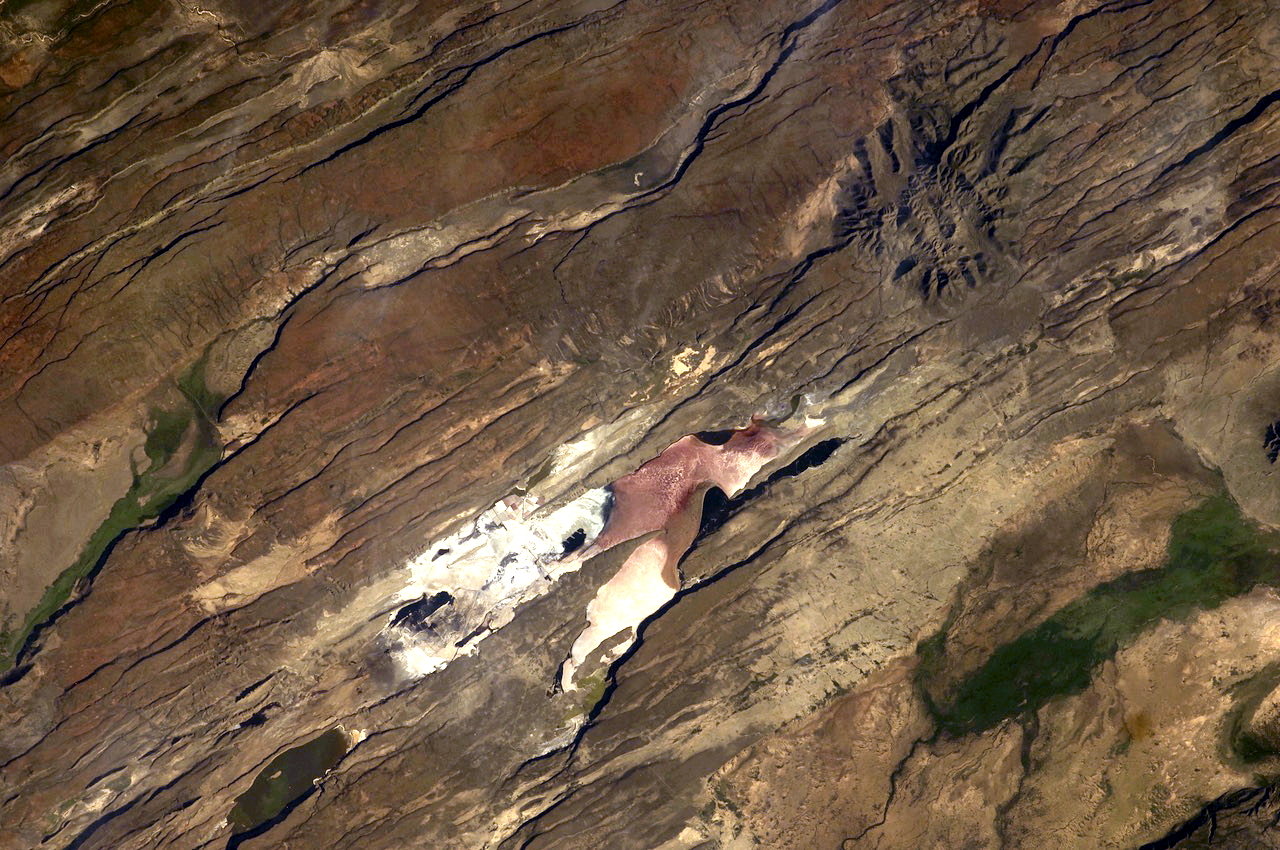
FUN FACT!
Lesser Flamingos like to stand on one leg. Recent studies suggest that, for prolonged standing, one leg is more stable and uses less energy than standing on two legs, which would require tensing additional muscles.
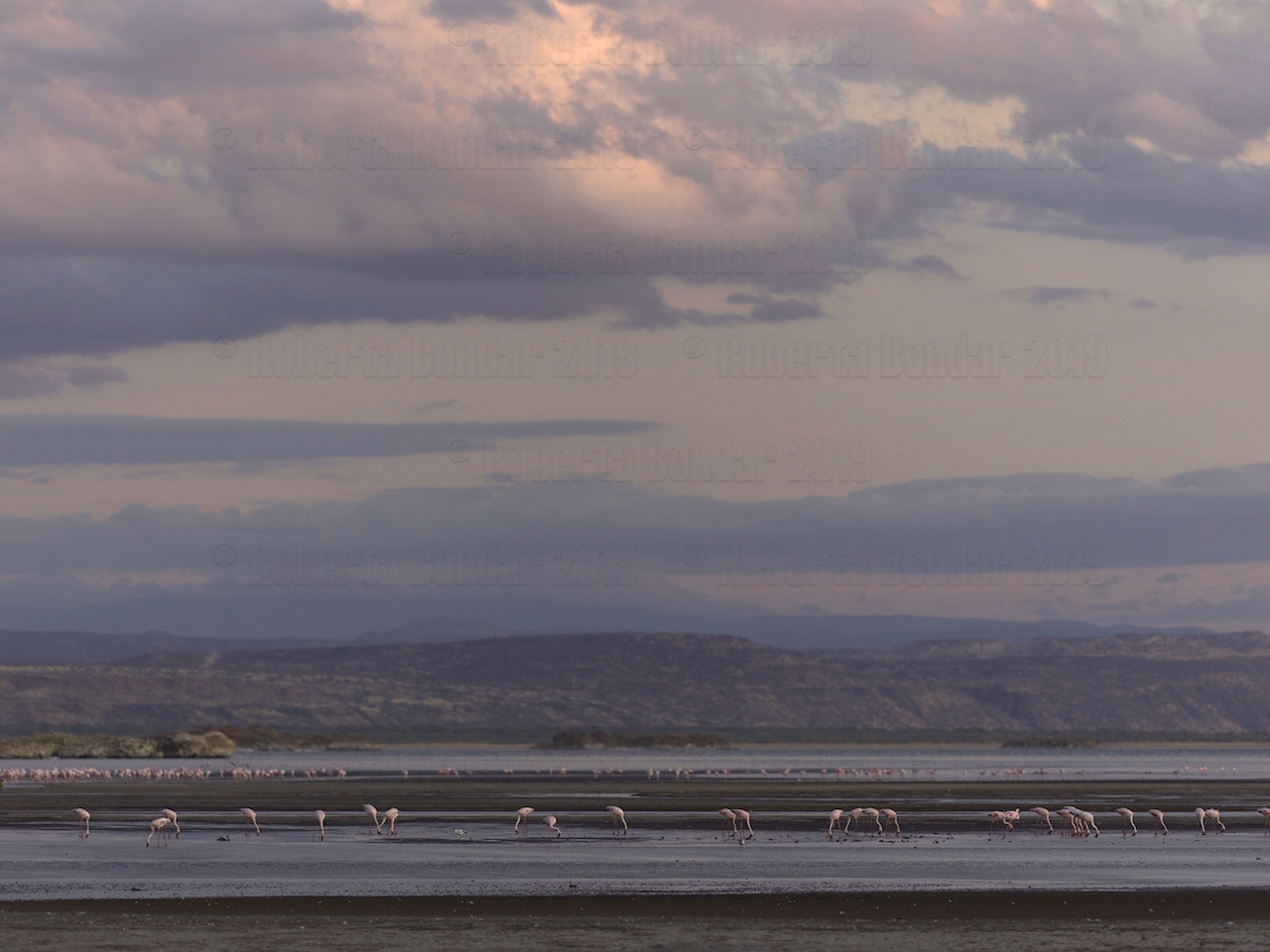
Dr. Roberta Bondar produced the original version of this Wetlands article to support the Canadian Space Agency’s Exploring Earth: Map of our planet project. Explore!